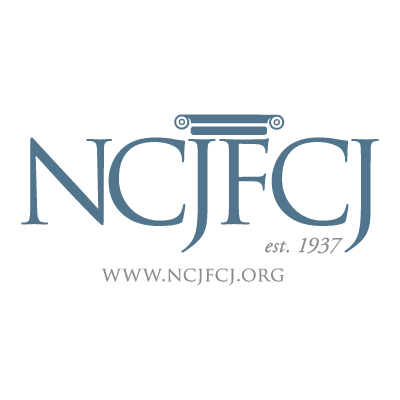Linking Systems of Care for Children and Youth Project. Center for the Study of Social Policy. National Council of Juvenile and Family Court Judges. 2022
Abstract
This report examines the importance of intentionally and actively targeting protective factors, in addition to risk factors, in an effort to promote healthy development and wellbeing in youth involved in systems of care. Protective factors are conditions and characteristics of individuals, interpersonal relationships, communities, and the larger society that are associated with decreased chances of negative outcomes and increased chances of positive outcomes. Key research- and practice-informed protective factors in each domain of the social ecology are described and recommended actions to build protective factors are provided. Individual domain protective factors of focus are resilience, social and emotional competencies, and character strengths. Core relational domain protective factors are positive peer connectedness, peer norms, connectedness with parents and other significant adults, and spiritual connectedness. Protective factors included in the community domain are safe, stable, nurturing, and equitable environments; engagement in social institutions; and the availability, accessibility, and provision of concrete supports. The societal domain protective factors refer to systems level policies, priorities, and procedures that create and sustain the context for healthy youth development and well-being and the developmentally appropriate and equitable treatment of all youth. Strengthening protective factors of youth involved in systems of care is essential because protective factors help to mitigate the effects of youths’ stressful life events and other risk factors, maximize their potential, better navigate difficult circumstances, and put them on a trajectory that leads to positive and productive life outcomes.

